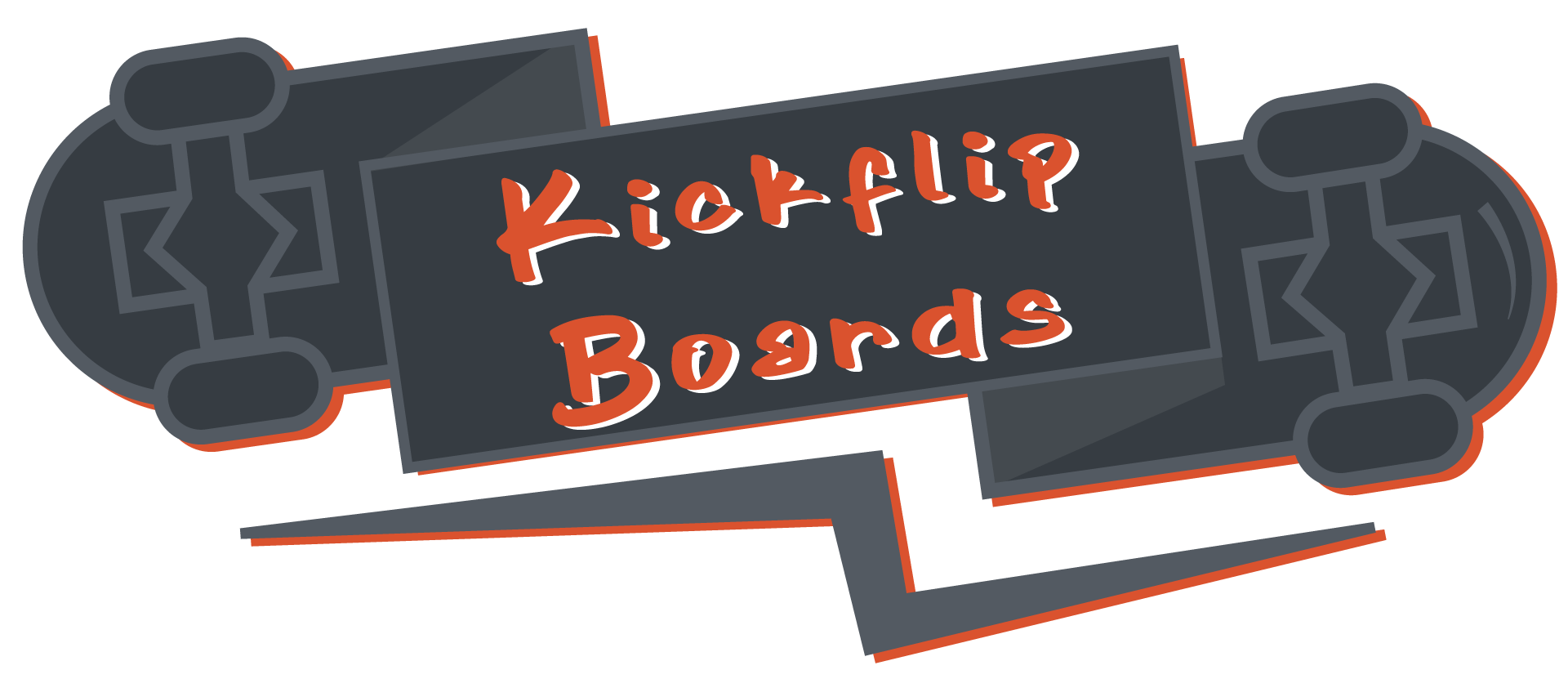Skateboarding is more than just a hobby—it’s a thrilling experience that combines creativity, speed, and precision. For many, the ultimate challenge is mastering the art of riding skateboard ramps. Whether you’re a seasoned skater looking to push your limits or a newcomer eager to conquer the basics, navigating skateboard ramps requires a blend of skill, confidence, and understanding. From mastering the mechanics of climbing a ramp to perfecting smooth transitions and avoiding common pitfalls, this guide will walk you through everything you need to know to ride skateboard ramps with confidence and style. Let’s dive into the world of skateboard ramps and uncover the secrets to becoming a proficient rider.

How to Ramp for Beginners
Starting to skateboard ramps can be both exciting and challenging. Here’s a step-by-step guide to help you get started:
- Start with Warming Up: Before hitting the ramp, take a few minutes to warm up. This helps prevent injury and gets your muscles ready for movement. Stretch your legs, arms, and core.
- Practice on Flat Ground First: Begin by practicing your balance and foot placement on a smooth, flat surface. This will give you a better foundation before tackling the ramp.
- Focus on Body Positioning: As you start rolling toward the ramp, keep your eyes forward and stay low to the ground. Keep your knees bent and your weight slightly shifted toward the front wheel.
- Transition Smoothly: When you reach the ramp, lean slightly forward and adjust your body position. Bend your elbows to lower your center of gravity and maintain your balance as you move up the ramp.
- PRACTICE PATIENCE AND CONTROL: Learning to ride ramps takes time. Don’t rush and focus on controlling your speed and direction. Practice consistently to improve your skills.
For more tips and resources, visit our website or explore our Beginner’s Guide section. Safe ramping!
How to Skate Up a Ramp
To master skating up a ramp, follow these essential steps and techniques:
1. Preparation
- Choose the right ramp size and type for your skill level.
- Inspect the ramp surface for obstacles or uneven spots.
- Wear protective gear to prevent injuries.
2. Approach
- Start by positioning yourself at the base of the ramp.
- Face the ramp straight ahead to maintain control.
- Engage your core muscles for stability.
3. Technique
- Begin with a standing position and bend your knees slightly.
- Push off the ground with your non-dominant foot.
- Transfer your weight to your dominant foot as you rise.
4. Air
- Maintain balance by extending your arms for better equilibrium.
- Stay centered over the ramp to avoid tipping.
- Land softly with your knees bent to absorb impact.
5. Style
- Practice smooth transitions between tricks.
- Experiment with manuals, grabs, and spins.
- Watch your speed to avoid overshooting the ramp edge.
6. Safety Tips
- Always wear a helmet and knee pads.
- Avoid wearing loose clothing that could catch on the ramp.
- Keep your fingers away from the edges to prevent injury.
Learn more about ramp safety and techniques .
By following these guidelines, you’ll gain confidence and control while skating up ramps. Remember to practice consistently and respect the ramp’s surface to maximize your experience.

Has anyone landed a 1080 on a skateboard?
Yes, Gui Khury made history by landing a 1080-degree trick during the Vert Final at the 2021 X Games. This groundbreaking move marked the first time someone had successfully completed a 1080 on a vert ramp, showcasing incredible skill and innovation in skateboarding. The 1080 is considered one of the most challenging and prestigious tricks in the sport, combining massive airtime with precise foot placement and control.
The 1080 trick involves spinning 720 degrees while simultaneously flipping 180 degrees, creating a complex maneuver that requires exceptional balance and timing. Gui’s achievement not only celebrated his personal prowess but also advanced the boundaries of what is possible in skateboarding.
- The trick was performed on a vert ramp, which adds to its difficulty due to the height and transition requirements.
- Gui’s success highlighted the evolution of skateboarding techniques and the relentless pursuit of new challenges among skateboarders.
- This milestone has inspired many aspiring skateboarders to aim for this iconic trick.
For more information on skateboard tricks and the latest developments in skateboarding culture, visit Kickflip Boards . Explore our resources on skateboard styles, maintenance tips, and the history of skateboarding to stay updated on the latest trends and achievements in the world of skateboarding.

How to Drop In on a Big Ramp
Dropping in on a big ramp is an exciting and challenging skill that takes practice, confidence, and proper technique. Here’s a step-by-step guide to help you master it:
1. Understand the Setup
- A big ramp is typically found in skateparks and is designed for high-speed tricks. Make sure the ramp is stable and secure before attempting any moves.
- Familiarize yourself with the ramp’s surface, height, and landing area.
2. Safety First
- Wear protective gear: helmet, knee pads, and wrist guards are essential to prevent injuries.
- Ensure the area is clear of obstacles and other skateboarders.
3. Stance and Foot Position
- Start with a slightly wider stance for better stability and balance.
- Position your feet shoulder-width apart, with your weight distributed evenly.
4. Approach and Transition
- Approach the ramp at a comfortable speed, allowing yourself enough room to accelerate.
- As you drop in, shift your weight back to pop the board into the air.
5. Communication with Your Spotter
- Have a friend spot you, standing at the landing zone to catch you if you fall.
- Use hand signals or verbal cues to communicate your intentions.
6. Common Tricks on a Big Ramp
- Kickflip : Launch the board into the air while ollieing it forward.
- Grindslide : Slide down the edge of the ramp while maintaining balance.
- Olli : Flip the board upwards before landing on the ramp.
7. Landing Zones
- Identify safe landing spots and avoid the gap at the end of the ramp.
- Land as softly as possible to maintain control.
8. Progression Tips
- Start on smaller ramps and gradually progress to larger ones.
- Practice landing techniques and airs to build confidence.
- Watch tutorials or ask experienced skaters for tips.
9. Mental Preparation
- Stay calm and focused, visualizing your tricks before executing them.
- Listen to music or podcasts that keep you motivated.
10. Seek Professional Help
- If you’re struggling with specific tricks or dealing with injuries, consider working with a skateboard coach or physical therapist.
By following these steps and practicing consistently, you’ll be able to drop in on a big ramp with confidence and style. Remember, the most important part is having fun and staying safe!
What Are Some Tips for Riding a Skateboard Ramp?
Riding a skateboard ramp requires balance, control, and confidence. Here are some essential tips to help you navigate the ramp effectively:
- Warm Up Before Riding – Taking a few minutes to warm up helps improve flexibility and prevents injuries. Practice on a flat surface to get a feel for your board before hitting the ramp.
- Focus on Balance – Stay centered over your board and keep your eyes forward. A steady stance and body position are crucial for maintaining control while navigating the ramp.
- Control Your Speed – Riding too fast can make it hard to maneuver. Maintain a comfortable pace and accelerate gradually as you approach the ramp.
- Smooth Turns – Transition smoothly from one side of the ramp to the other. Avoid sudden jerky movements to maintain stability and avoid falling.
- Practice Regularly – Like any skill, consistent practice is key. Spend time perfecting your technique on smaller ramps before tackling larger ones.
- Stay Focused – Concentrate on your movement and surroundings. Pay attention to the ramp’s layout and any potential obstacles ahead.
For a more advanced experience, consider checking out our guide on skateboard maintenance to ensure your board is in optimal condition. Additionally, explore our latest blog posts for insights into the latest trends in skateboarding culture and techniques.

Top Tips for Riding a Skateboard Ramp
Riding a skateboard ramp can be an exhilarating experience, but it requires practice, balance, and confidence. Here are some expert tips to help you navigate the ramp like a pro:
- Warm Up Before Riding – Just like any physical activity, warming up is crucial. Start with light exercises or stretching to get your muscles ready for the movement and balance required.
- Focus on Balance – Maintain your body weight evenly distributed between your feet. Keep your eyes forward and centered on your landing spot to stay stable.
- Practice Smooth Turns – Transition smoothly from one side of the ramp to the other. Avoid sudden jerky movements to keep control and prevent falls.
- Control Your Speed – Ride at a moderate speed to maintain better control. Too fast, and you may lose balance; too slow, and you might not gain momentum.
- Stay Low to the Ground – Keeping your knees bent and close to the board helps with maneuverability and stability, especially when navigating curves or gaps.
- Use Your Feet Properly – Your front foot should guide your movement, while your back foot acts as a stabilizer. Shift your weight slightly forward when accelerating or braking.
- Be Aware of Your Surroundings – Scan the area ahead to anticipate obstacles or changes in elevation. Stay focused on the path to avoid unexpected hazards.
- Start Slow and Progress Gradually – Don’t rush the process. Practice on smaller ramps or gentle slopes before tackling more challenging terrain.
For more detailed guides and tips, visit our skateboarding blog or explore our selection of skateboard equipment .
Conclusion
Riding a skateboard ramp is all about practice, patience, and confidence. By following these tips and seeking additional resources from trusted sources like Kickflip Boards , you can enhance your skills and enjoy a more enjoyable experience on the ramp.




0 Comments